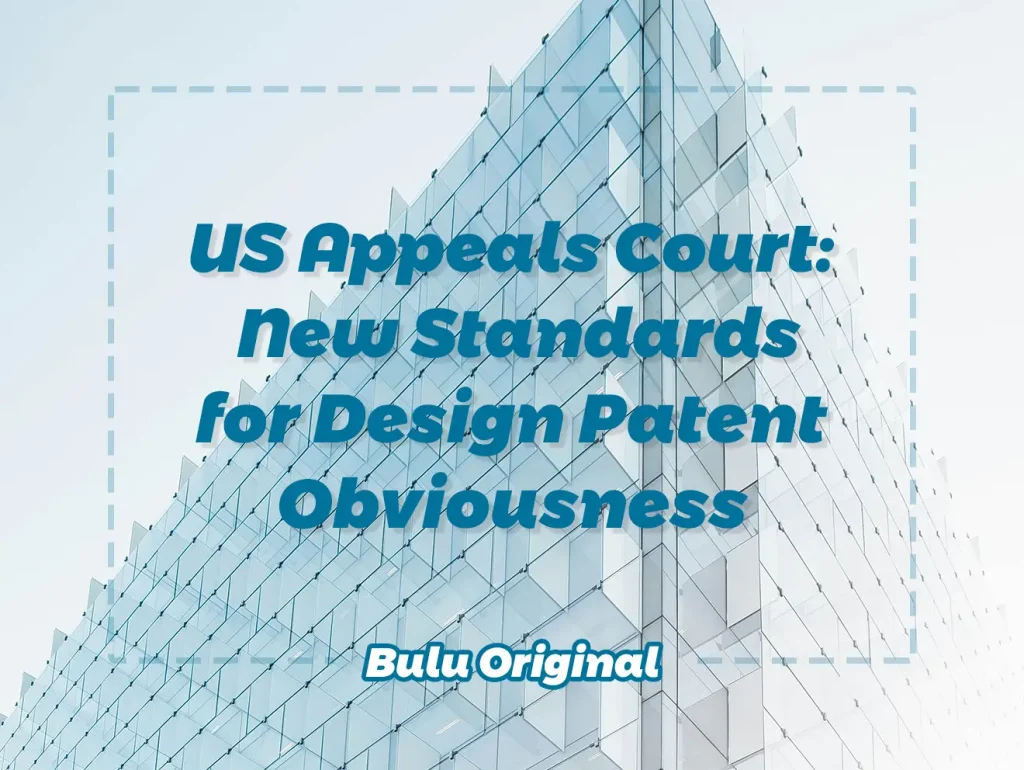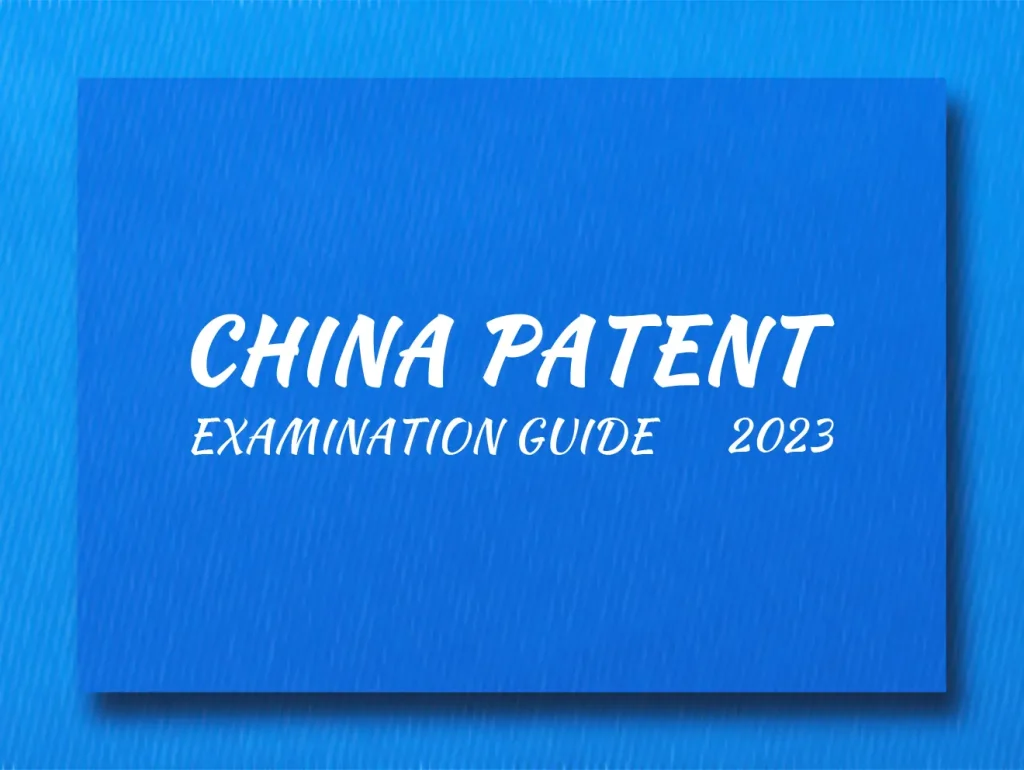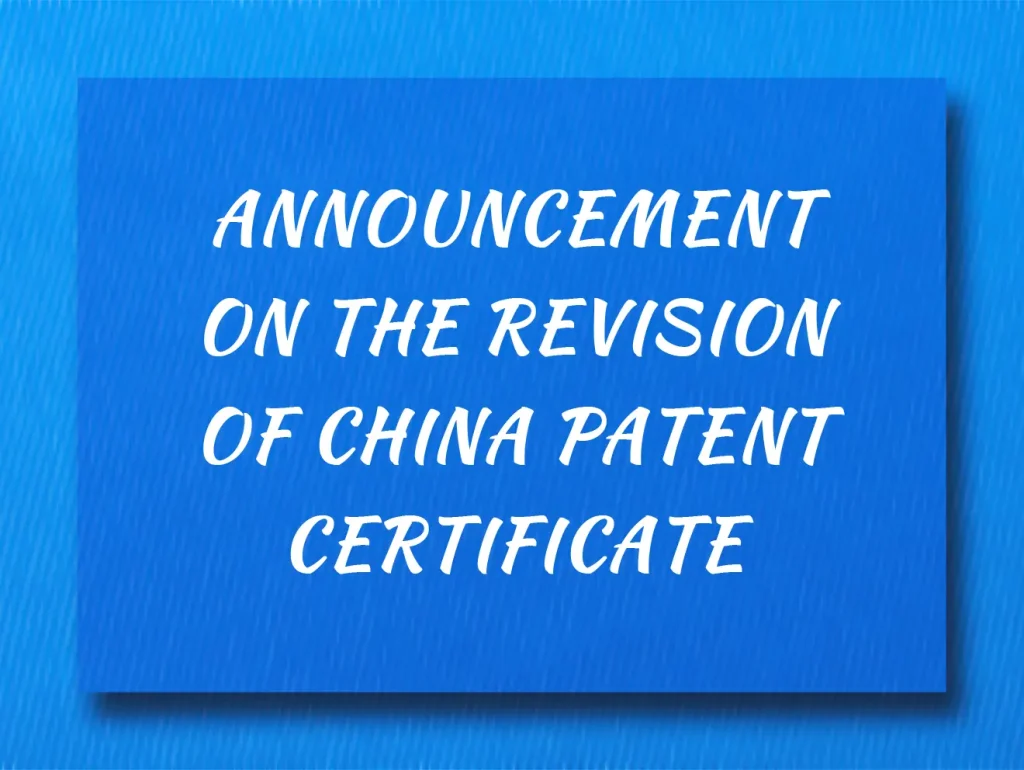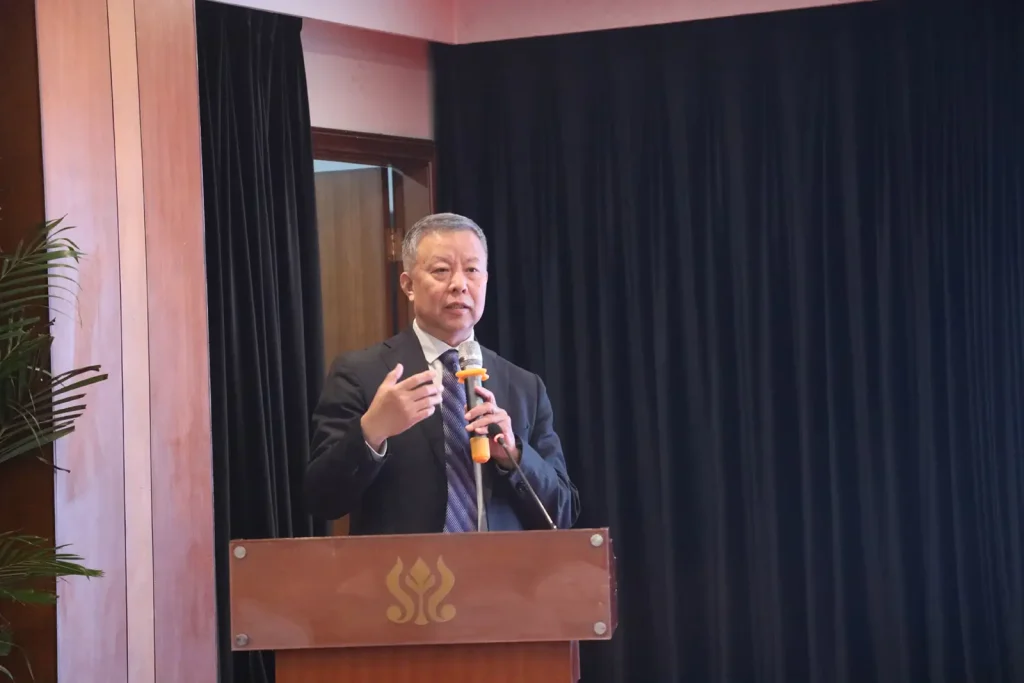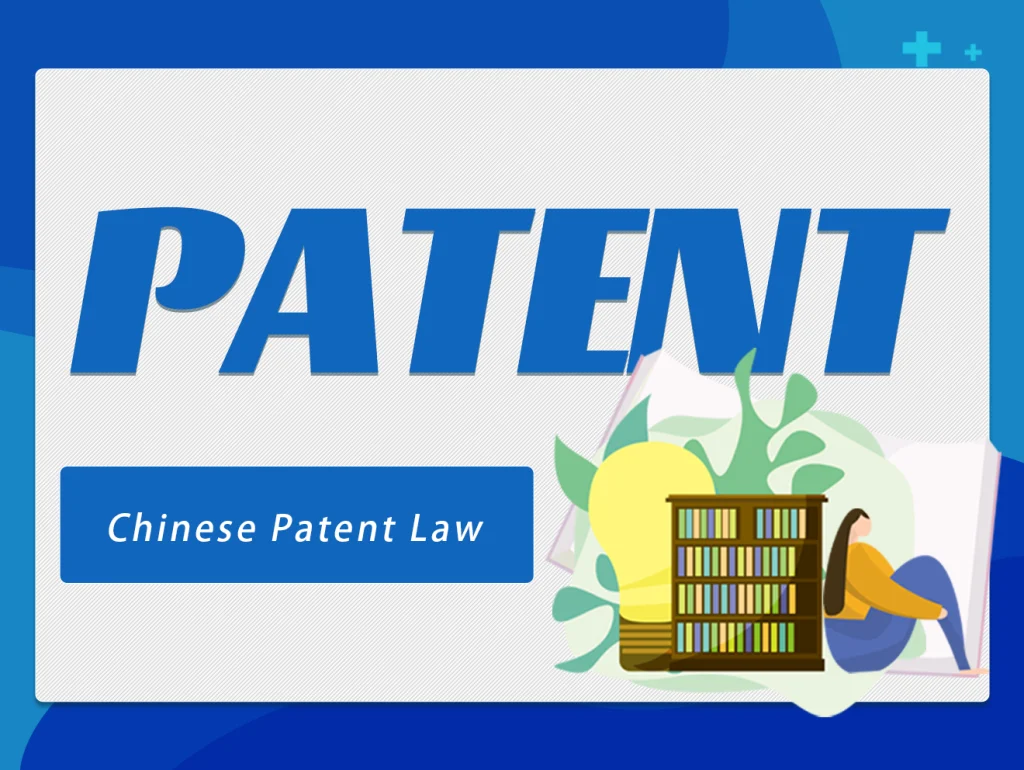What Role Do References Play in Assessing Patent Inventive?
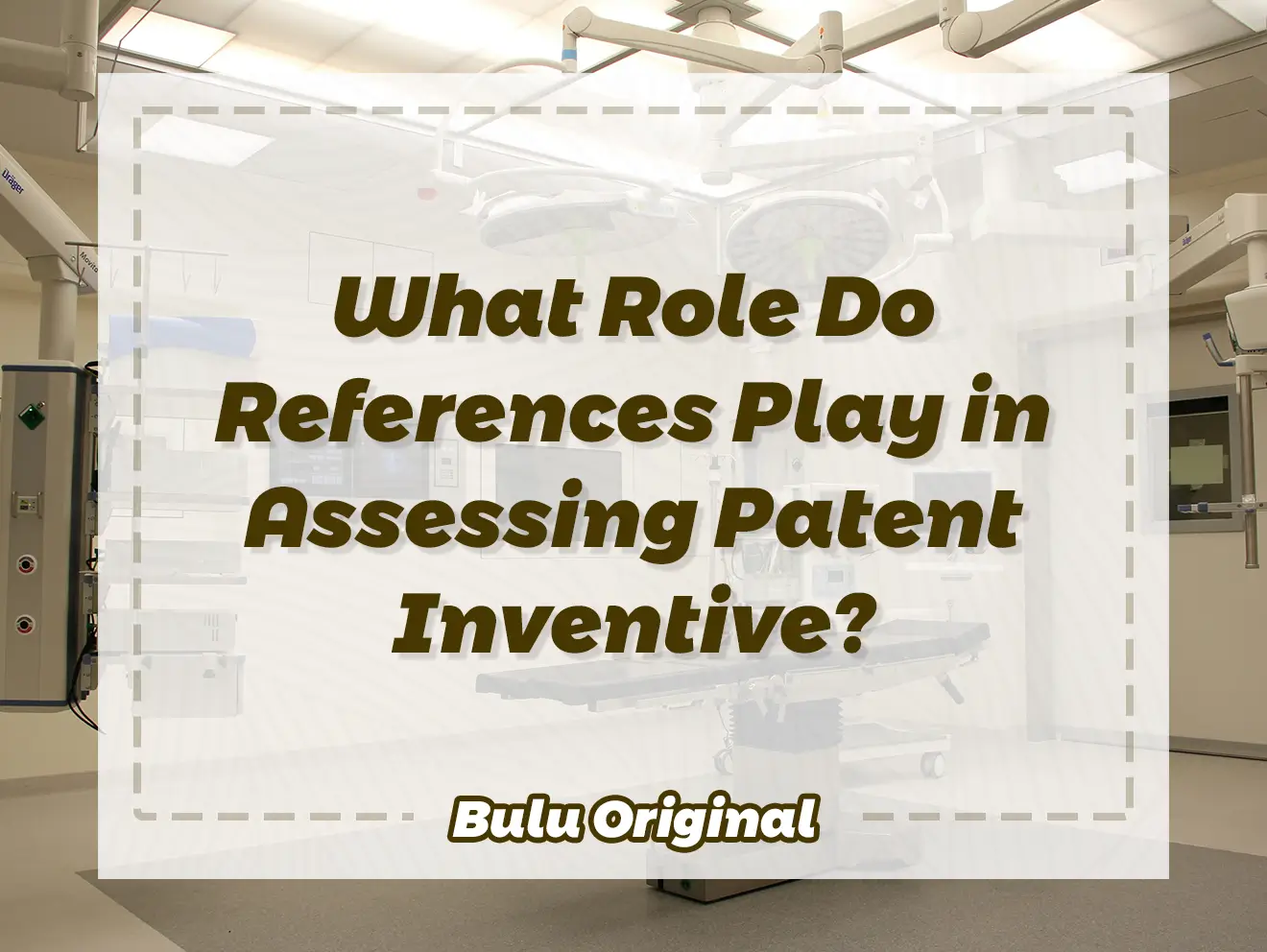
What Role Do References Play in Assessing Patent Inventive?
The most common problem encountered during patent application, review and invalidation is the patent inventive.
When evaluating the patent inventive, it is often necessary to combine multiple comparative documents. However, whether they can be combined, that is, whether the general technicians in the field have the motivation to combine different comparative documents, is also a focus of debate.
(2022) SPC Intellectual Property Court Final Judgment No. 316, can help us learn whether there is motivation.
The patent application in question is titled “A Kirschner Wire Bending Device” (hereinafter referred to as this application). The patent was rejected by CNIPA after review. The applicant filed a lawsuit and eventually appealed to SPC.
This application and comparative document 1 (hereinafter referred to as D1) are both based on the same patent technology, and the technical problems they want to solve are also the same. However, the technical innovation of this application is that “the rotation plane of the contact is perpendicular to the head of the needle-nosed pliers, but parallel to the axis direction of the pliers’ rotating shaft”, that is, the contact can rotate around the head of the needle-nosed pliers. The structural key point of D1 is that “the rotation plane of the shift block is parallel to the axis direction of the fixed shaft, but perpendicular to the axis direction of the pliers’ rotating shaft”, that is, the shift block can only rotate on one side of the fixed shaft.
SPC believes that based on the technical teachings given by D1, those skilled in the art would not think of replacing the fixed shaft and the bending base with needle-nosed pliers and using needle-nosed pliers to clamp the Kirschner wire. Therefore, those skilled in the art have no motivation to apply for the cost improvement of D1. At the same time, the central axis of the needle-nosed pliers in the length direction disclosed in Comparative Document 2 is perpendicular to the pliers’ rotating shaft, and the contact rotates around the pliers’ rotating shaft, that is, the rotation plane of the contact is perpendicular to the pliers’ rotating shaft and parallel to the central axis in the length direction of the needle-nosed pliers, and the contact does not rotate around the head of the needle-nosed pliers. Therefore, Comparative Document 2 does not provide the technical inspiration of “replacing the bending base with needle-nosed pliers, rotating the contacts perpendicular to the heads of the needle-nosed pliers, and using needle-nosed pliers to clamp the Kirschner wire.”
SPC believes that when judging the patent inventive, it should be determined whether “a person skilled in the art has the motivation to improve the background technology and the motivation to combine other comparative documents with the background technology”. If there is a large difference between the inventive concept of the invention and the inventive concept of the background technology, the person skilled in the art usually does not derive the technical solution of the invention by improving the background technology; if there are also large differences in the inventive concept of other comparative documents, the person skilled in the art usually finds it difficult to combine the two comparative documents. The so-called “inventive concept” refers to the technical improvement idea proposed by the inventor to solve the technical problems existing in the background technology. This idea and the technical improvement path determine the composition of the final technical solution.
The SPC heard the case and ruled to revoke the original judgment and the original dismissal decision of the first instance court.
Original link:What Role Do References Play in Assessing Patent Inventive?
About us:Shanghai Bulu Intellectual Property Firm (Special General Partnership)
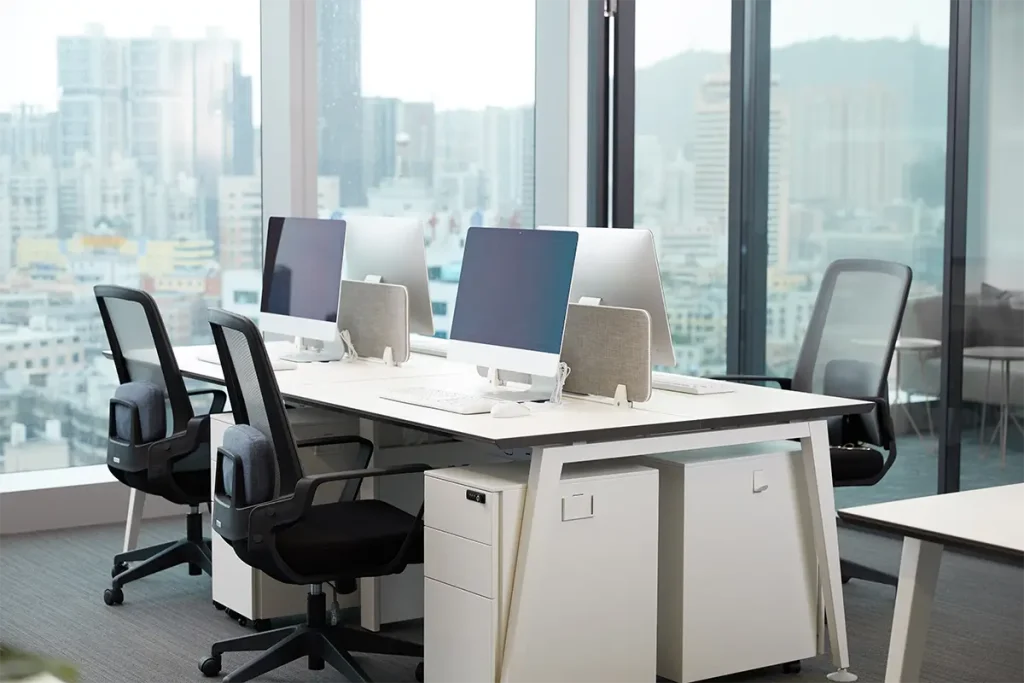

Shanghai Bulu Intellectual Property Firm (Special General Partnership)
Tel:+86 (0)21 5833 8320
Mail:tisc@joinhua.com
Add:No.199 JinXiang Rd. Pudong, Shanghai, China
© 2025 Shanghai bulu Intellectual Property Firm. Created with ❤ using WordPress and Kubio

